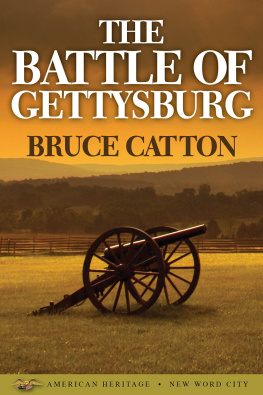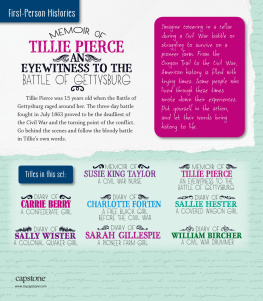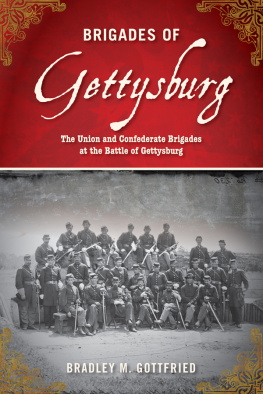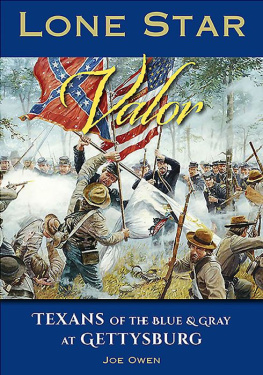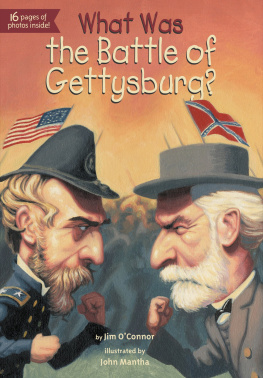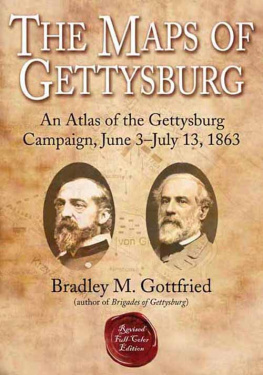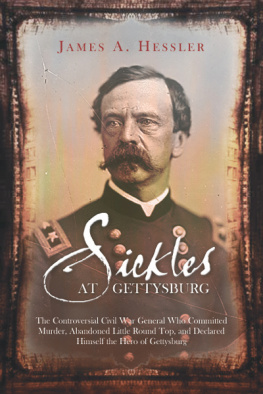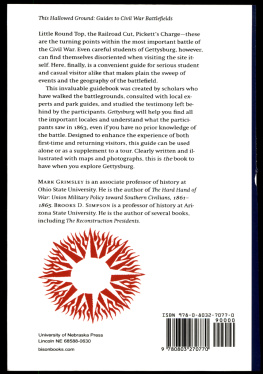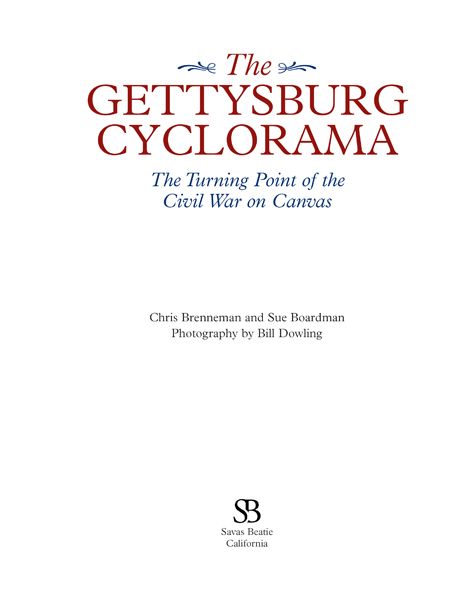
Photo credits (others are noted for each individual entry):
SBC: Sue Boardman Collection
BD: Bill Dowling
GF: the Gettysburg Foundation
CB: Chris Brenneman
LOC: Library of Congress
2015 by Chris Brenneman and Sue Boardman
All rights reserved. No part of this publication may be reproduced, stored in a retrieval system, or transmitted, in any form or by any means, electronic, mechanical, photocopying, recording, or otherwise, without the prior written permission of the publisher.
Library of Congress Cataloging-in-Publication Data
Brenneman, Chris, author.
The Gettysburg cyclorama : the turning point of the Civil War on canvas / By Chris Brenneman and Sue Boardman ; with Bill Dowling, photography. -- First edition.
pages cm
Includes bibliographical references.
ISBN 978-1-61121-264-8 (alk. paper)
eISBN 9781611212655
1. Philippoteaux, Paul, 1846-1923. Battle of Gettysburg (1884) 2. Gettysburg, Battle of, Gettysburg, Pa., 1863, in art. I. Boardman, Sue, author. II. Title.
ND2881.P49B74 2015
759.13--dc23
2015000715

Published by
Savas Beatie LLC
989 Governor Drive, Suite 102
El Dorado Hills, CA 95762
Phone: 916-941-6896 / (E-mail) sales@savasbeatie.com
05 04 03 02 01 5 4 3 2 1
First edition, first printing
Savas Beatie titles are available at special discounts for bulk purchases in the United States by corporations, institutions, and other organizations. For more details, contact Special Sales, P.O. Box 4527, El Dorado Hills, CA 95762, or please e-mail us at sales@savasbeatie.com, or visit our website at www.savasbeatie.com for additional information.
Contents
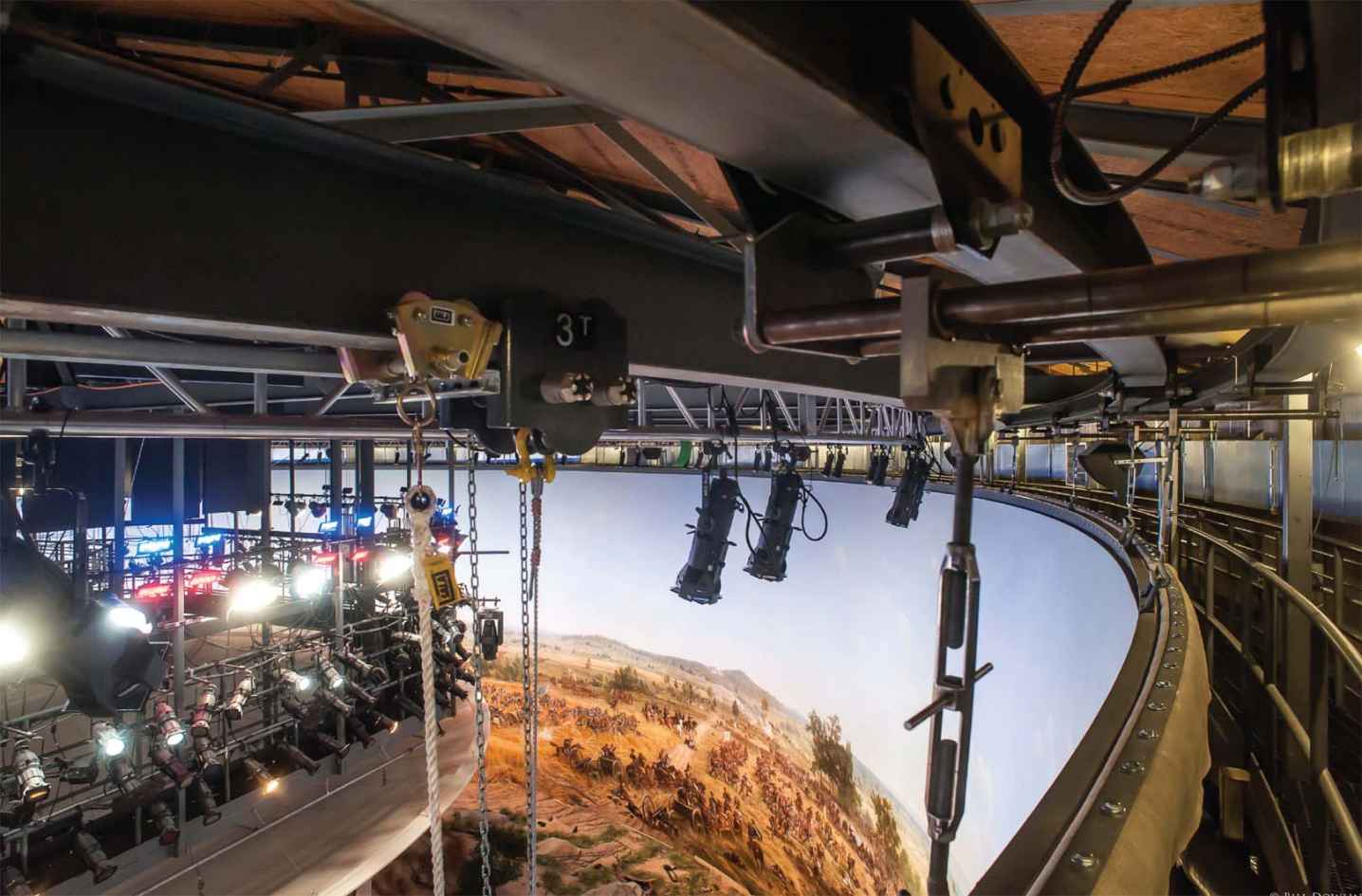
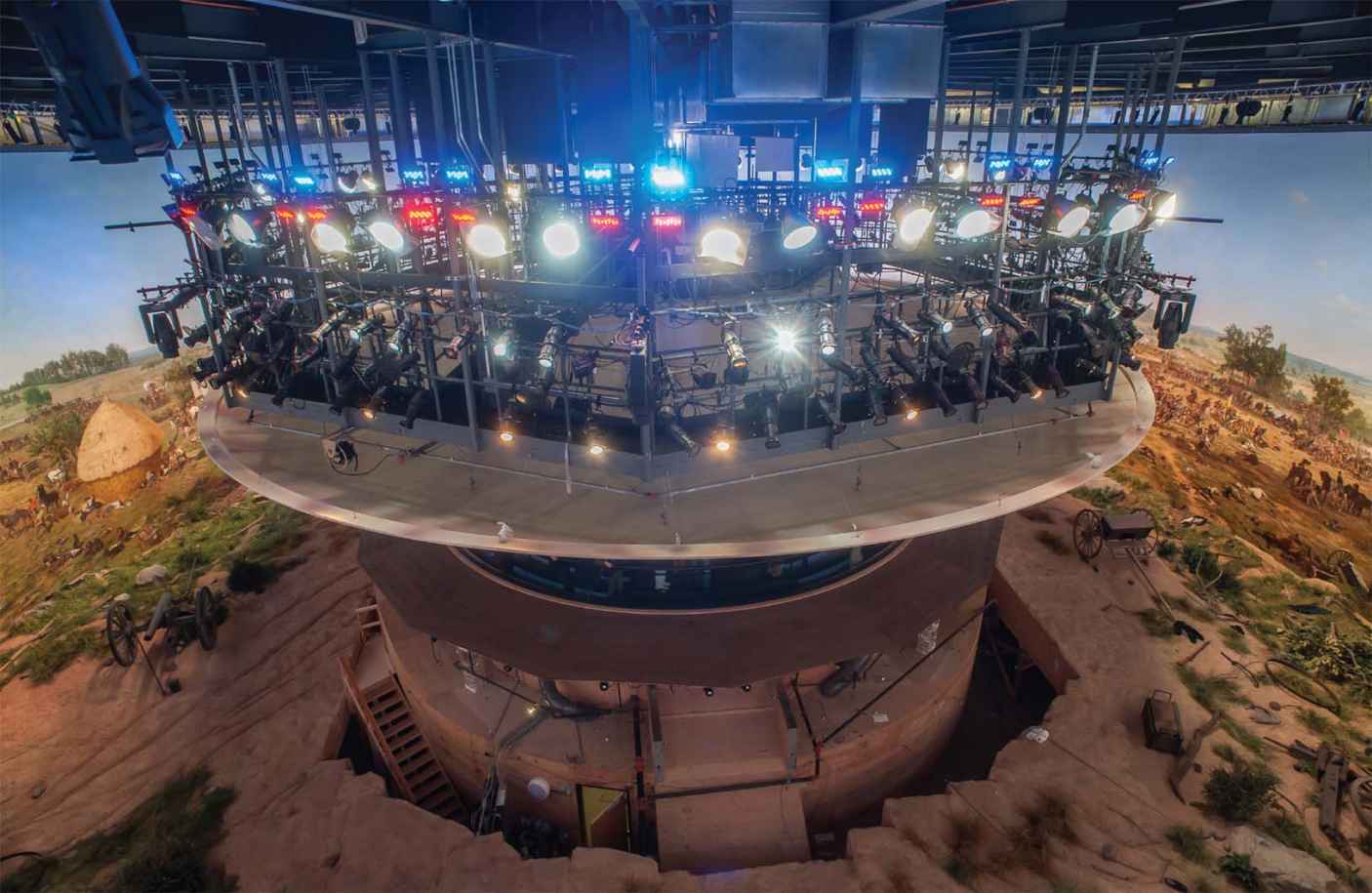
Pictures of the cyclorama taken from the catwalk above the painting (2013). BD
Foreword
T HOUSANDS OF BOOKS and articles have been written about the battle of Gettysburg. Almost every topic has been thoroughly scrutinized many times over. However, one topic has been largely ignored: Paul Philippoteauxs cyclorama painting The Battle of Gettysburg . There are currently only two books in print about this fascinating historical document and work of art. The first, The Gettysburg Cyclorama by Dean S. Thomas This admirable book contains many new discoveries that were made during the restoration of the Gettysburg Cyclorama. This book also contains updated pictures of the cyclorama in its restored condition. While A History and Guide (which we will refer to as BGC/AHG ) is very good, there are still many more aspects of the cyclorama painting that I felt were worth exploring. In 2011, I met with Sue Boardman and we decided to write a more detailed exploration of the cyclorama painting. Some of our reasons for writing this book are detailed below.
Interest in the Gettysburg cyclorama has increased since 2008, when the fully restored painting opened in the new Gettysburg Military Park Visitors Center. Before the restoration, the painting was not nearly as impressive as it is today. The painting was so dark and damaged that even objects in the foreground were distorted, let alone extremely distant objects. Now that the painting has been restored, many of the details are once again visible, and modern photography allows us to see with great clarity distant objects that are barely visible with the naked eye.
The efforts of the National Park Service (NPS) over the past 20 years to restore the landscape to its 1863 appearance have opened up vistas that are very similar to the views in the painting.
In order to help plan his great work, the artist came to Gettysburg and paid local photographer William Tipton to take a series of landscape photographs. The Tipton photographs were reproduced in this book for several reasons. First, the Tipton photographs are important documents of the early appearance of the battlefield, and are important for that reason alone. Second, the process of photographing the landscape was an important part of the creation of the cyclorama. Finally, as noted above, the battlefield currently has very similar foliage to what can be seen in the Tipton photographs. With the advantages of modern digital photography, we are able to examine distant objects and document their location in the painting.
When the four versions of the Gettysburg cyclorama opened in Chicago, Boston, Philadelphia, and New York, viewers could buy souvenir programs that contained a key. The key was a circular drawing that denoted various people and objects in the paintings. Some of the descriptions would be changed to market the paintings to the local crowds. No one has ever tried to go through all of the historic program keys to identify every named object in the painting until now. These early programs are historic documents. They show us how the painting and the battle have been interpreted during different time periods (and even in different cities).
New discoveries have been made about the painting. By using modern and historic photography, the authors have identified many new people and places in the painting. We have also discovered more information about some of the men that helped paint the cyclorama, and the entire process of creating a cyclorama. This book is meant to expand upon the information in BGC/AHG , and cover some new discoveries that were made after 2008.
The painting is so massive and awe-inspiring that the authors thought a book with large pictures would be a great way to explore the painting at ones own pace. Close-up photographs will allow the reader to examine the intricate details of the painting. The authors also hope that readers take the book to the battlefield and compare the painting with the actual terrain.
Photography is a major element of the creation of a cyclorama, and our study of the painting. To help with our photographs, we brought in professional photographer, and fellow Licensed Battlefield Guide, Bill Dowling. In will focus on one of our most interesting discoveries: the fact that the Boston cyclorama was modified in 1889. The remaining chapters contain my analysis of the painting and the various historic keys. My co-authors were consulted to help confirm some of the narrative, especially where judgment calls were required. As the reader, keep in mind that we were analyzing a work of art and some of our determinations may be subjective and open to interpretation. In areas where there were several possible interpretations, we tried to give multiple options.
Finally, to add to the confusion, there were almost no primary sources to help us interpret what the artist was thinking. To date, we have not discovered Mr. Philippoteauxs diary; if one existed, it would be a gold mine. Much of the existing information comes from newspapers and other sources that are not always reliable. Many descriptions of the painting give conflicting reports. Some of the other important sources, the souvenir programs, were changed in different cities to market the painting to the local audience. This book attempts to answer questions about the painting using the best sources available. New information may come to light, and many of the mysteries might never be fully answered. It is the goal of this book to spark interest and provide more understanding of the amazing work of art that is The Battle of Gettysburg Cyclorama.
Next page


